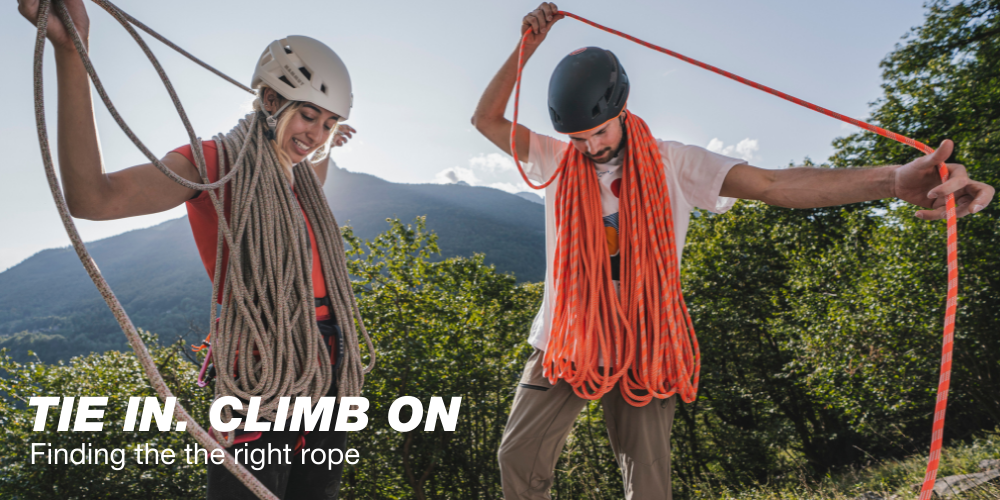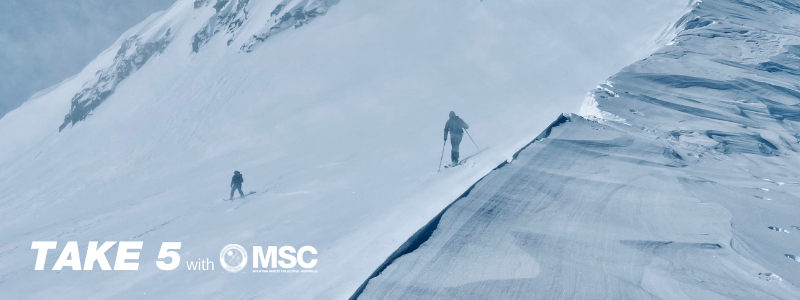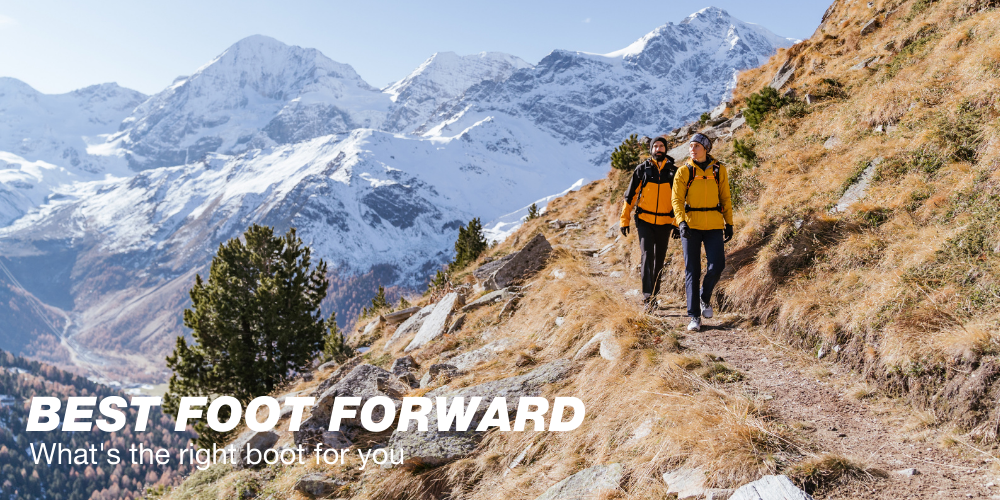To make finding the right boot easier, we have narrowed it down to three things you should consider.
For those that want maximum support, then a high cut option is the best. On the other end of the scale, if you like moving fast and want maximum range of movement, then a low cut will suit better. For the happy middle ground many choose the mid cut. A mix of movement and support.
So which one is best for me? If you like long days on remote trails, then the support and extra protection (reduced chance of rolling ankles etc) of a high boot is the best option. If you want the 'teched up' sibling of a fast moving running shoe, then the low cut is the choice. But if you can't decide or simply want a boot that does it all. Then a mid cut is the one for you.
EXPLORE THE HIGH MID LOW RANGES

The AB flex index (A4-9, B1-3) is the scale most commonly used by the hiking and mountaineering boot makers.
The scale starts at A4 (representing a soft flex and high cushioning) and moves through to B3 (being a full crampon compatible, stiff flex and less cushioning).
If you are looking for a light weight, moderate cushioning, trail and light hike shoe. Take a look at the Sertig II Low GTX (A4 Flex).
If you want an allrounder that suits wet conditions in the city as much on the trail, try the Mercury III Mid GTX. (A6 Flex)
If you hit rough trail regularly and need the extra support, from a stiffer flex, then the all new Yatna II High GTX is perfect. (A8 Flex)

The other key factor to consider is what the boots are made of. Traditionally, hiking boots were made of a leather upper, with a wooden sole, wrapped or layered with rubber. But now there are options everywhere from full leather to full synthetic and everything in between.
So is Leather vs Synthetic better? This can be a contentious topic, especially if you ask someone that has been a long time hiking boot owner. As a general rule, leather will be heavier then a synthetic option, but is chosen when a high level of durability and waterproofing is needed. For example in the Trovat Advanced High. Synthetic on the other hand, is chosen when a maximum breathability is required. Such as in the Ducan Mid GTX.
Both Leather and Synthetic options are also available with Gore-tex. Which is a membrane that adds an increased level of waterproofness and breathability to a boot.
The other key to finding the right boot is the fit. Although the size or length may be the same for all models, the last (or width) can vary. So the best way to know if the boot is right for you is to try it on. You can try Mammut boots here or by contacting us here.
(Please note: the information provided is of a general nature and may vary depending on personal preference.)
Read more

If your looking for a new rope or just want help understanding what all the lingo means, then your in the right place. CONSTRUCTION All ropes in the Mammut range consist of two parts. The core w...

With Owen Lansbury. NSW Director MSC. 1). TELL US A LITTLE ABOUT MSC. MSC's founding team, led by Simon Murray, saw the need for better backcountry education and information in Australia following...


